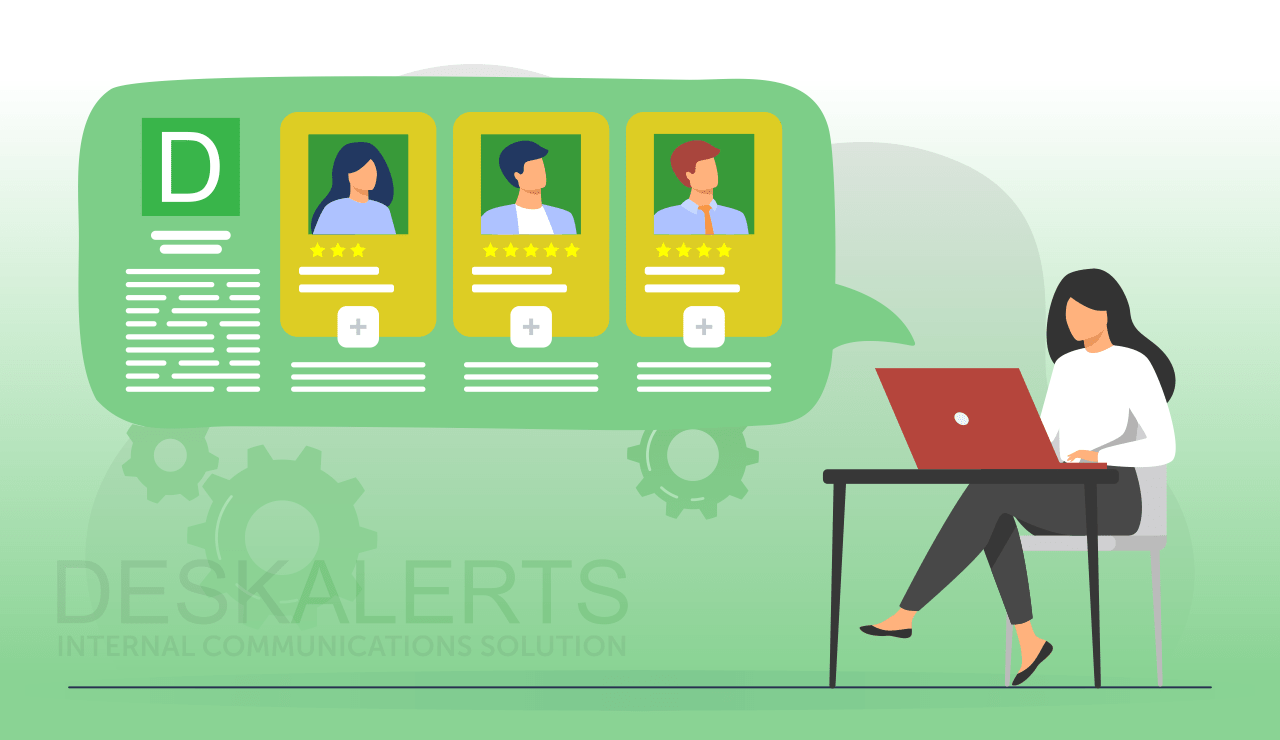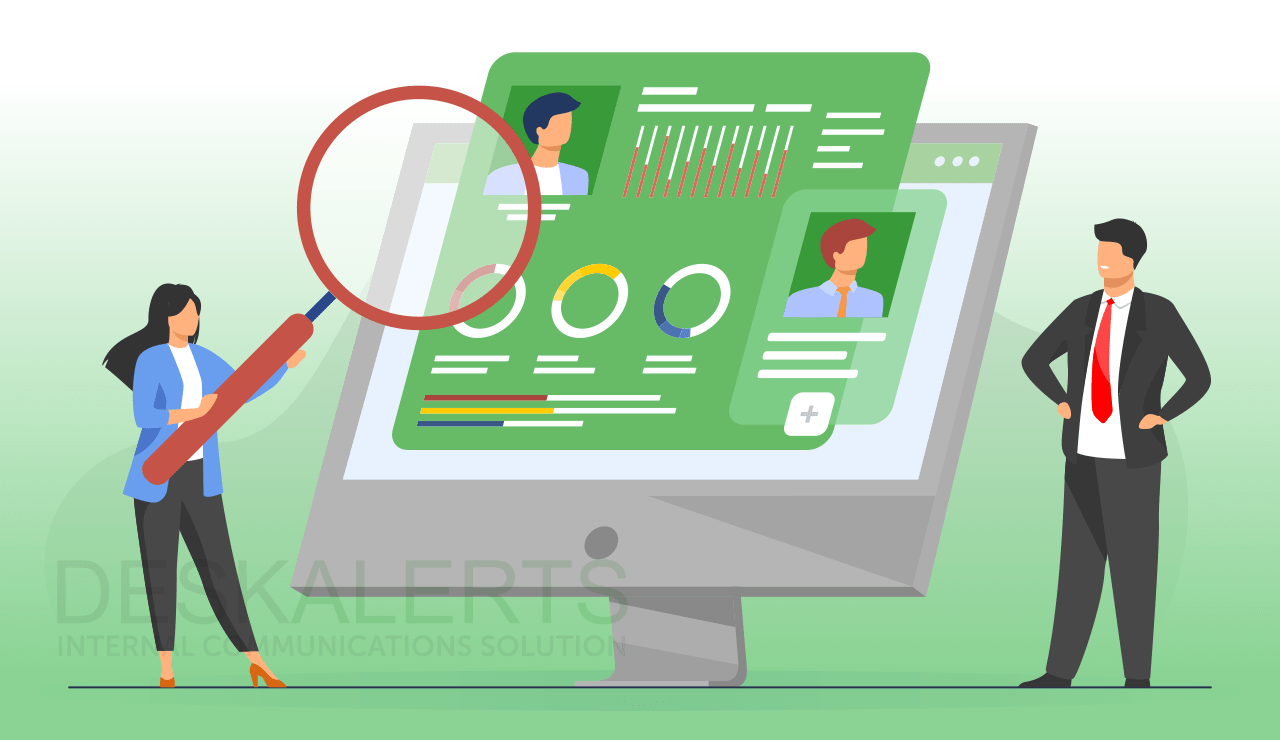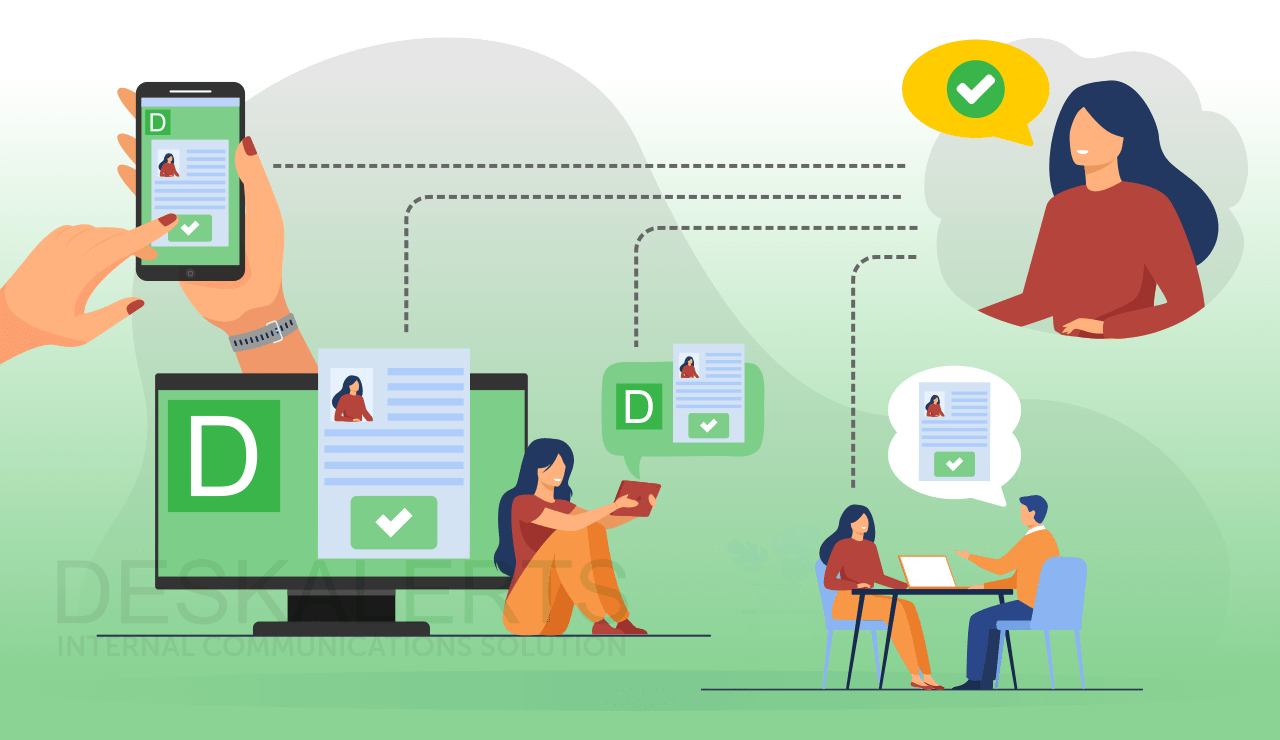
Successful businesses are always looking at ways to improve so that they can stand out and be competitive in their industries. Taking this approach when it comes to your employees can help to ensure that you have a top-performing team, giving you the edge over your competition. To get the best out of your employees you need to communicate regularly with them and provide feedback, guidance, and praise when it comes to their performance and the way they are contributing to the organization’s strategic objectives.
What is performance management?
Performance management is a tool that managers can use in the workplace to assist them in monitoring and evaluating the work of their employees. It is a series of goals, expectations and KPIs that are discussed and measured throughout the year and can be varied as projects and objectives change.
The employee performance management process should help them to do their job well, to improve if they need to and to align their own work goals to the overall goals of the organization. The process is both a formal and strategic one and can be linked to various decisions like identified training opportunities, career progression, promotions, bonuses and even termination of employment.
These discussions with your team members should look at what has worked well and what hasn’t. Successes can be replicated in the future, and anything that hasn’t work can be learned from and overcome.
While performance appraisals form part of the employee performance management process, the two terms are not interchangeable.
There are clear links between performance management and employee engagement. When you introduce an employee performance management system into your workplace it helps to create a more transparent work environment which is better for collaboration, communication, engagement and morale. When everyone is playing by the same rules and has to abide by the same expectations it creates a level playing field.
The elements of employee performance management
Performance management is a framework that helps to define, design and refine an employee’s role and benchmark how they have performed while identifying opportunities for improvement. Unfortunately, in many organizations, it can be a “tick the box” exercise used to placate Human Resources, and managers and employees alike are not getting the full benefits of the system when managing employee performance.
The elements of an employee performance management system generally include the following:
- The development of clear job descriptions, responsibilities and target KPIs.
- Setting goals – particularly ones that are achievable and measurable. Goals should include job description goals, team goals and project goals.
- A strategic document to help guide the employee’s work over the course of the year.
- The development of an employee performance plan that includes relevant performance indicators.
- Negotiations on performance standards between the manager and employee about how the benchmarks will be measured.
- An ongoing process of feedback and coaching throughout the performance management cycle.
- The identification of any relevant training and development needs, particularly if there are areas where the employee is failing to meet KPIs.
- Other career development opportunities such as mentoring, job shadowing, secondments etc.
- Formal performance development meetings between the manager and the employee at set intervals throughout the year (for example quarterly) where the employee’s progress is evaluated.
- Providing honest feedback to provide the employee with constructive insights into their work.
- Recognition and rewards for a job well done, particularly when the employee has exceeded expectations
- Ensuring the process is meaningful and not just an exercise for the sake of it.

The stages of the employee performance management process
Performance management tends to be a cyclical event as well as a continuous one, and there are a number of steps both the employee and manager must carry out throughout the cycle.
1. The planning stage
To begin the employee performance management cycle, the employee and manager need to plan to determine what they want the employee to accomplish, the timeframe they need to accomplish it in, what standard it needs to be completed to, and how they will measure results. These goals should be in line with the overall goals of the company.
An excellent approach to take in managing employee performance is to set SMART goals – that is, the goals should be:
- Specific
- Measurable
- Achievable
- Relevant
- Timely
The employee and manager should examine the skills that the employee has and whether or not they have the required competencies to meet these goals, and if not, what training could be accessed to assist. Other training and development opportunities should also be considered to help to develop the employee’s overall skills.
A performance plan, work plan and employee development plan can then be developed and agreed on.
2. Continuous monitoring
This stage begins once the planning stage is completed but continues for the life of the performance plan. The purpose of this is to ensure that the manager is aware of whether or not the employee is on target or not so that any issues can be addressed early on, not during formal review processes at set intervals in time. The earlier a manager and employee can address issues, the quicker they can be overcome.
Monitoring also ensures that if the goalposts change – new projects, funding cuts, unexpected crises that must be dealt with – the employee and the manager can work together to amend the performance plan to reflect this.
Continuous monitoring doesn’t mean that the manager needs to be spying on the employee constantly, but it should include regular catch-ups and conversations where the pair can touch base to determine what has been accomplished, if goals are on track, if there have been any unforeseen issues arising and what support is needed.
3. The review process
This is the process where the employee and manager formally meet to review and analyze the employee’s performance and whether they met the goals, they set out at the planning stage. Different companies have reviews at different times. Sometimes it can be an annual review, sometimes there is a mid-year review and there may be quarterly reviews in other places.
At this stage of the process, the manager and employee will discuss if goals have been met, what the employee’s performance has been like, if there are any performance issues and if there is an opportunity for remuneration increases or career advancement.
4. The reward stage
Employees can be rewarded through the performance management process, acknowledging their efforts and how they have contributed to the organization during the performance management period.
Reward and recognition is a proven motivator for employees to strive to do their best. Linking it to the performance cycle helps ensure that they can be incentivized to achieve.
>> 25 thank you message samples for your employees <<
Further, it demonstrates that your organization places value on hard work and dedication, which in turn can incentivize other employees when they see that one of their peers has been rewarded.
Rewards can take various guises including salary increases, bonus payments, a gift, extra time off, a promotion, public praise and acknowledgment or special development opportunities.
The reward and recognition process needs to be open, honest, transparent and accountable. Any rewards should be based on merit – and if not carried out properly there is a risk that employees may perceive that there are perks for friends of managers and not the general employee population.
5. The follow-up stage
There are administrative requirements built in to any employee performance management program. This generally includes formalizing and signing off on any plans, feedback, actions and other information. This needs to be completed by the deadlines set by HR. Any appropriate documentation then needs to be provided to HR, and if there are actions that need to be taken, there may be additional paperwork.
And because the employee performance management system is a cycle… it’s time to start on the next one.
The importance of communication in employee performance management
One of the most important factors in the employee performance management process is good communication. This helps to build understanding and awareness of the employee performance management system throughout the organization.
Whether you have an existing employee performance management system or you are about to implement one for the first time, it’s important to communicate effectively so that everyone understands what the system is, why it is important and what they are required to do.
Why you need a performance management communication plan
Developing an internal communications plan for your employee performance management system will help you to deliver the right information to the right people at the right time.
The plan can be used to guide you in delivering messages to employees to help them understand the process so that ultimately you can gain their support.
Your plan should include
- Overall information about the performance management process and the benefits for the organization and the employee.
- An analysis of your audience(s) and an understanding of their communication preferences.
- What is required of managers
- What is required of employees
- Material to be distributed at key dates are in your employee performance management cycle and what people need to know and do at those times.
- Delivery channels
- Responsibility for delivery of communications
- An evaluation process.
Use a variety of channels to communicate to your employees at different stages of the performance management process. This can include sending tailored reminders that they need to complete some aspects of the performance management requirements.
You should also coach your managers to understand the importance of effective internal communications and to develop good interpersonal communication skills, and the relationship this has with best practice employee performance management.
Ongoing dialogues between managers and their staff members and the ability to have constructive conversations are central to the employee performance management system being a success.

Performance management of remote employees
As the world of work has changed rapidly during the COVID-19 pandemic, more employees are working remotely than ever before. For managers, this can be quite challenging when they are no longer physically in the same location as their teams when they are used to working that way.
The good news is that whether your employees are co-located on site with you, or situated halfway around the world, the basics remain the same for the employee performance management process. Managers help their employees to define and set goals, give feedback and evaluate performance.
Remote work does have its challenges, particularly when workers feel isolated and disconnected from their teams. This can lead to disengagement, a lack of focus, and the employee potentially not achieving their KPIs. These additional steps can help ensure success in managing the performance of remote employees:
- Check in with your team members more often than you would if you were with them in the office. Just because you haven’t heard from an employee doesn’t mean there isn’t a problem they’re dealing with.
- Make use of collaboration tools where you can share work and the team can still handle what one another are up to.
- Provide a mechanism for feedback so that you can understand how your employees feel they are going and what support they may need from you. A good way to do this is via an employee performance management survey delivered electronically to remote employees’ computer screens or other devices.
What makes a good performance management system
Having an established employee performance management process and established timeframes in place is only part of what makes a good performance management system. There are other key ingredients you must factor in so that the system of managing employee performance can be embedded successfully within your organization.
This includes:
- Having your leadership team and senior managers act as ambassadors for the program, understanding its importance and able to talk about the benefits whenever asked.
- Ensure the active involvement of the employee at every stage of the performance management process.
- Having managers skilled in conducting challenging conversations.
- Performance management software that helps you to manage the process.
- Committing to performance management being a cycle and not just a one-off.
- Structuring your system in a way that is built on having meaningful dialogue and not “box ticking”.
- Ensuring your employees’ activities are aligned with the company’s mission, goals and objectives.
- Focus on specific outcomes that are relevant to an individual’s role.
- Having realistic expectations with goals and milestones that can be measured.
- Looking at ways the job and the employee’s career can be developed by committing to your organization having a continuous learning culture.
What makes an employee performance management system ineffective
Many managers and employees dislike performance management processes, and many organizations’ performance management has a bad reputation. This is because many organizations are using archaic and outdated performance management methods.
A recent Dutch study found that 77% of employers believed that the approach to employee performance management in their organizations needed to be redesigned.
And another study by the Association for Talent Development found that just 14% of organizations were actually happy with the employee performance management systems they had in place.
Reasons why people dislike performance management and why it can then become an ineffective system include:
- Feeling like it is just “busy work” to satisfy the HR department.
- Employees feel like they won’t get an honest appraisal from their manager if they don’t like them.
- Employees sensing that managers feel it is a waste of time and don’t believe in the process.
- Managers are afraid to deliver honest feedback or bad news to employees.
- Employees feeling like the feedback they receive from their manager is unhelpful.
- Employees feeling like they haven’t been adequately recognized or rewarded in the performance review process.
- Employees feel their manager deliberately set KPIs that could never be achieved so they look like they have underperformed.
- Annual review processes unfairly assess an entire year’s performance in one sitting rather than continuous evaluation throughout the year.
- Systems are paper-based and onerous because the company hasn’t invested in an appropriate performance management tool.
- Employees feel like they will be getting bad news, won’t get a fair hearing and won’t have a positive engagement with their manager.
- A focus on results too early on in someone’s time with the company while they are still learning how to do things.
***
An employee performance management process is a valuable business tool that can help managers develop their people and achieve key objectives while ensuring accountability. Choosing the right system and the right processes for managing employee performance will help to overhaul your business practices and ensure that your people are working both individually and collectively to meet organizational goals.
 Caroline Duncan
Caroline Duncan









